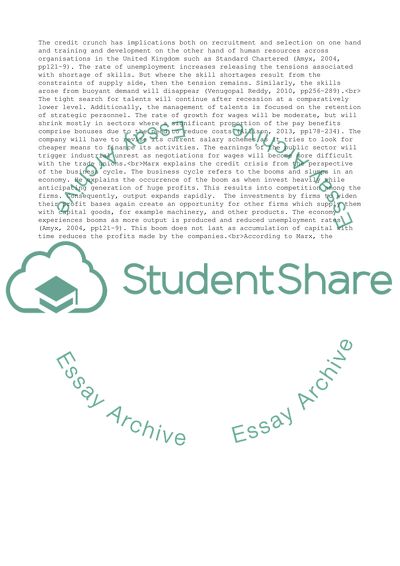Cite this document
(“Recruitment, Selection, Training and Development Essay”, n.d.)
Recruitment, Selection, Training and Development Essay. Retrieved from https://studentshare.org/business/1642071-recruitment-selection-training-and-development
Recruitment, Selection, Training and Development Essay. Retrieved from https://studentshare.org/business/1642071-recruitment-selection-training-and-development
(Recruitment, Selection, Training and Development Essay)
Recruitment, Selection, Training and Development Essay. https://studentshare.org/business/1642071-recruitment-selection-training-and-development.
Recruitment, Selection, Training and Development Essay. https://studentshare.org/business/1642071-recruitment-selection-training-and-development.
“Recruitment, Selection, Training and Development Essay”, n.d. https://studentshare.org/business/1642071-recruitment-selection-training-and-development.


